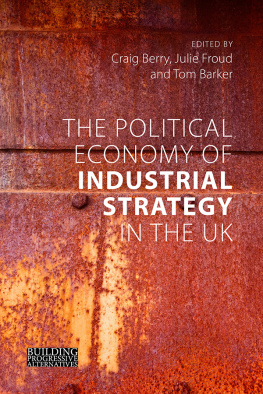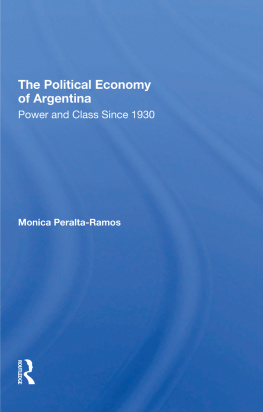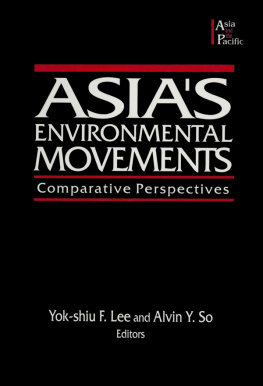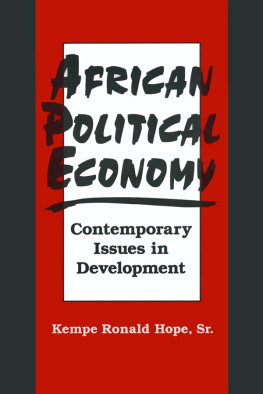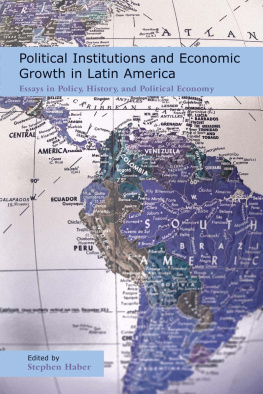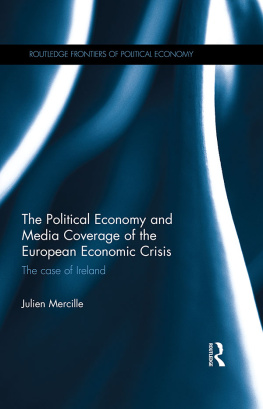First published 1993 by Westview Press
Published 2018 by Routledge
52 Vanderbilt Avenue, New York, NY 10017
2 Park Square, Milton Park, Abingdon, Oxon OX14 4RN
Routledge is an imprint of the Taylor & Francis Group, an informa business
Copyright 1993 by Taylor & Francis
All rights reserved. No part of this book may be reprinted or reproduced or utilised in any form or by any electronic, mechanical, or other means, now known or hereafter invented, including photocopying and recording, or in any information storage or retrieval system, without permission in writing from the publishers.
Notice:
Product or corporate names may be trademarks or registered trademarks, and are used only for identification and explanation without intent to infringe.
Library of Congress Cataloging-in-Publication Data
A CIP catalog record for this book is available from the Library of Congress.
ISBN 13: 978-0-367-01201-4 (hbk)
1
Introduction
Michael C. Howard
The struggle of the Penan of Sarawak against the destruction of their forest homeland, Kalimantan's great forest fire, the hundreds of deaths caused by flooding as a result of excessive logging in Thailand and the Philippines, and the air pollution and traffic congestion of Bangkok are only a few of Asia's many environmental problems that have attracted notice around the world. Serious concern about environmental problems in Asia is a relatively recent phenomenon brought about by a rapid deterioration of the environmental quality of the region in recent years in the face of growing population and economic pressures.
Attention has been focused especially on Asia's dwindling forests. Some 5,000 hectares of Southeast Asia's rainforests are destroyed each day, with less than ten percent of this area being replanted. The rate of depletion of these rainforests is fifty percent faster than in Amazonian Brazil. But there are a host of other environmental issues as well. There is considerable concern about the pollution of rivers and farm lands by mines, about air pollution and the contamination of water and soil by industries, about the impact of hydroelectric dams on existing environments, about the impact of biotechnology on forests and farms, and about air pollution and problems of waste disposal in Asia's growing cities.
Assessing responsibility for Asia's environmental problems or finding solutions have not proven to be easy taskson technical, economic or political groundsand it is apparent that situations vary considerably from one setting to another. In the face of such difficulties, there is growing political pressure throughout the region on governments to respond effectively to the environmental crisis. The present volume focuses on the political economy of the environment in Asia. The chapters examine the economic and political forces that have generated the problems, the political efforts to find solutions, and the economic and political contexts of proposed solutions.
Asia's Environmental Problems
How serious are the environmental problems of Asia? For many Asians, concern for the environment remains a secondary consideration, falling well behind the desire to maintain economic growth. They are particularly wary of eco-doom pundits from the developed countries of Western Europe and North America. The following is a summary of some of the main environmental problems facing the region.
Forests
Deforestation has received far more attention than any other environmental problem in Asia, and especially in relation to the region's tropical rain forests. The causes and extent of deforestation vary among Asian nations. In tropical areas, an estimated ten percent of deforestation is the direct result of commercial logging, infrastructural development accounts for another ten percent, while twenty-five percent is destroyed by settlers who move into forests after logging and fifty-five percent is due to the demands of agriculture and shifting cultivators. Indirectly, much of this deforestation is linked to population growth and to rural poverty.
In November 1991, flooding on the island of Leyte in the Philippines killed over 3,000 people. The flooding was blamed by many on excessive deforestation and especially on illegal logging allowed by corrupt politicians and military officers. Many environmentalists point to the Philippines as one of the worst examples of deforestation. In 1900, seventy-five percent of the Philippines was covered in virgin forest. By 1990, the area of such forests had been reduced to 2.3 percent of the country (690,000 hectares). Total forest area in the Philippines declined from just over seventeen million hectares in 1934 (fifty-seven percent of the country) to ten million hectares in 1969 (thirty-three percent of the country). Two decades of even more intensive logging reduced the area in 1988 to 6.5 million hectares but illegal logging, in particular, remains a serious problem.
Competing with the Philippines for the worst record of deforestation in Southeast Asia is Burma (or Myanmar),
Deforestation is a serious problem throughout the rest of mainland Southeast Asia as well. Prolonged periods of warfare severely damaged forests in Vietnam and, to a lesser extent, Laos and Cambodia. During the Vietnam War, the use of defoliants by American forces resulted in the destruction of some twelve million acres of forest.
Forestry practices in the Malaysian portion of Borneo and in Indonesia have been extremely controversial in recent years. An estimated sixty percent of Malaysia's and seventy-four percent of Indonesia's land area are still covered by forest, but pace of deforestation over the past few decades has given rise to concern by many environmentalists. In Indonesia, the focus of attention has been on rainforest degradation, selective logging In the case of Kalimantan, by the late 1970s, East Kalimantan alone produced half of Indonesia's timber exports, representing about one-quarter of the country's export earnings. Timber companies cleared huge tracts of forest in the interior of Kalimantan, causing considerable ecological damage. By the early 1980s, three-fourths of the land of Central Kalimantan was set aside for forest production. Most of the timber concessions were held by retired military officers and former government officials. Excessive logging was partially responsible for the "Great Fire" of 1982-83, that resulted in the loss of about twenty percent of East Kalimantan's rainforest. During the remainder of the 1980s, logging operations expanded at an even faster pace. Thus, between 1986 and 1988 annual exports of timber grew from US$1.6 billion to US$3 billion. Further large fires in 1991 drew complaints from neighboring Southeast Asian nations suffering from air pollution caused by the fires.




